|
Soldiers who made their mark They may not have batteries at Fort Hancock named after them, but several Army soldiers made important contributions to America's defense before, during or after their time at Sandy Hook. A few became famous for deeds outside of the military. (Soldiers, civilian employees and dependents also made their mark on life at the Fort; visit Sandy Hook Oral Histories to find out more.) 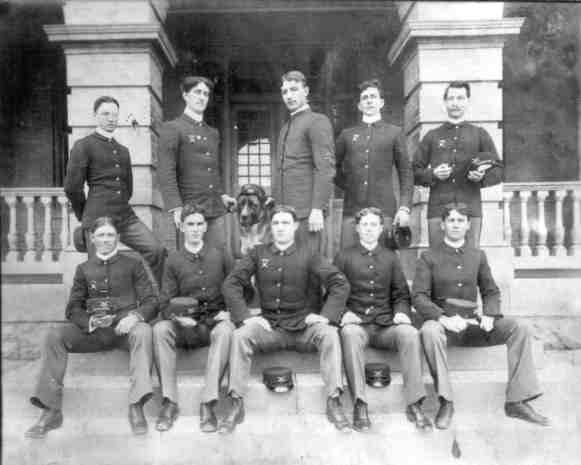
NPS ARCHIVES Tom Mix (1880-1940): Movie star in silent Westerns Before Tom Mix became a star of silent pictures, he volunteered with the U.S. Army at the start of the Spanish-American War in 1898. As a private he served in Battery O, 4th U.S. Artillery Regiment, later redesignated as Company 48, Coast Artillery Corps. By the time Mix and his unit transferred from Delaware to Fort Hancock in 1899, Mix had vaulted up to 1st Sergeant--an unusually fast rise in rank. Then, on October 20, 1902, he literally walked away from Fort Hancock without explanation, never to return. Several years after his desertion, Mix surfaced in Oklahoma where he became a rodeo star, and then went to Hollywood to be a stunt man in early silent movies. Ultimately he became one of the most popular cowboy movies stars of the 1920s and into the sound era, making 291 movies in 26 years. He never revealed why he walked away from Fort Hancock and what seemed to be a promising military career. 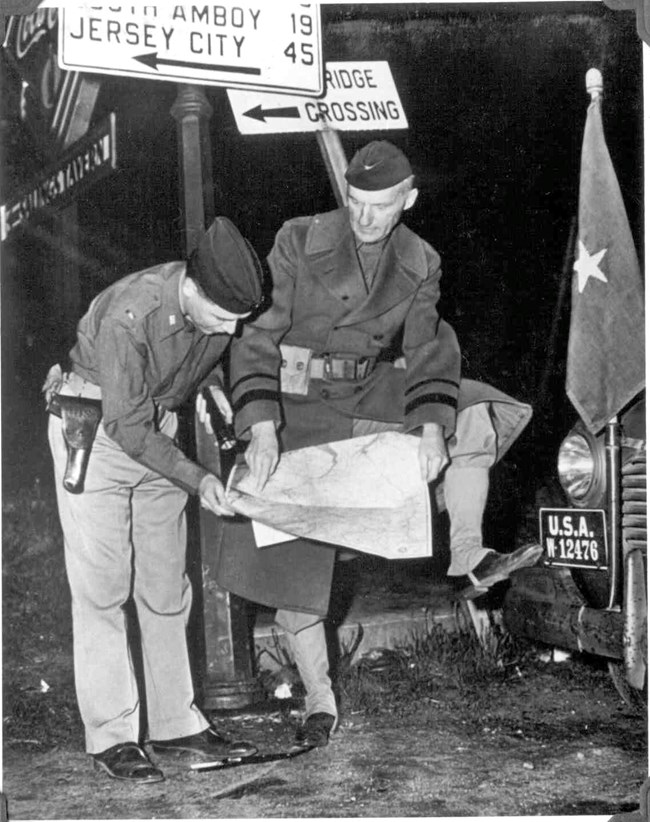
NPS ARCHIVES Brigadier General Philip S. Gage (1886-1982): Growing up near Lake Michigan, Gage chose the Coast Artillery Corps because it combined military duties with seacoast locations. At West Point he roomed with future General George S. Patton. Gage was stationed at a number of harbor defense sites before and after World War I. During the war he served in a 155mm gun unit fighting in France. Promoted to Brigadier General seven months before the U.S. entered World War II, he commanded New York's harbor defenses at Fort Hancock from 1941 to 1944. "We are the gatekeepers of America's front door," he once remarked. After he retired in 1947, Gage worked for three decades with the John Hancock Mutual Life Insurance Company. 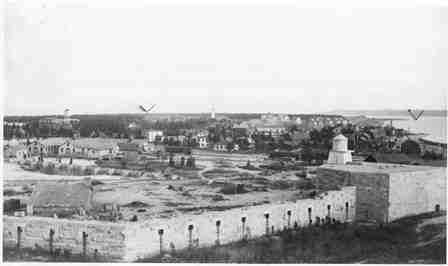
NPS ARCHIVES Albert Myer (1828-1880) and E.P. Alexander (1835-1910): Developers of "Wig-Wag" signal system Before email or telephone calls and when telegraph messages were in their infancy, how could soldiers communicate over long distances? Albert J. Myer, an Army surgeon who had written a doctoral thesis in developing a new sign language for the deaf, created a simple language of signals that the Army could use over long distances. Myer tested the "Wig-Wag" system (also called aerial telegraphy) in 1859 around New York Harbor, including the Civil War-era Fort at Sandy Hook which was never completed. One of his assistants was Edward Porter Alexander, who received and sent messages from Sandy Hook. In the Civil War, while Myer assembled a signal corps for the Union, Alexander created a signal corps for the Confederate Army. Wig-Wag was first used by the Confederates starting at the First Battle of Bull Run (also called Manassas). To learn the Wig-Wag system, see this lesson plan from Stones River National Battlefield in Tennessee. 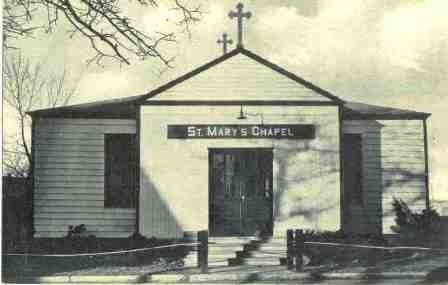
NPS ARCHIVES Rev. William Richard Arnold (1881-1965): First Catholic to head Army Chaplain Corps Arnold did not join the priesthood immediately. He had learned cigar-making from his father and worked at a steel mill in his native Indiana and even lived with a local circus for awhile. In 1913, five years after taking vows, he joined the U.S. Army Chaplain Corps. He served in many locations, including Fort Hancock, where he was stationed in 1918-1919. At the time, he would have conducted services at St. Mary's Chapel, which stood on U.S. Coast Guard property until 2015, when it was demolished. President Franklin Roosevelt named him Chief of the Army Chaplain Corps in 1937 and reappointed him in 1941. Three years later he achieved the rank of Major General. 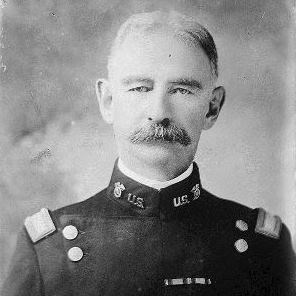
PHOTO courtesy the Library of Congress. Carroll Augustine Devol (1859-1930): Oversaw initial construction at Fort Hancock Fort Hancock was built to last but, at the time, it may have seemed the fort would never be built at all. As quartermaster, Captain Devol took construction bids and executed contracts for building the new fort. Frustrated by delays in construction with private firms, Devol sought and received orders to be shipped to the Philippines. Captain George G. Bailey oversaw the completion of the fort's first buildings, including Officers Row, in 1898-1899. In 1918, as a retired major general, Devol received the Army Distinguished Service Medal for his years of service. |
Last updated: May 2, 2016
